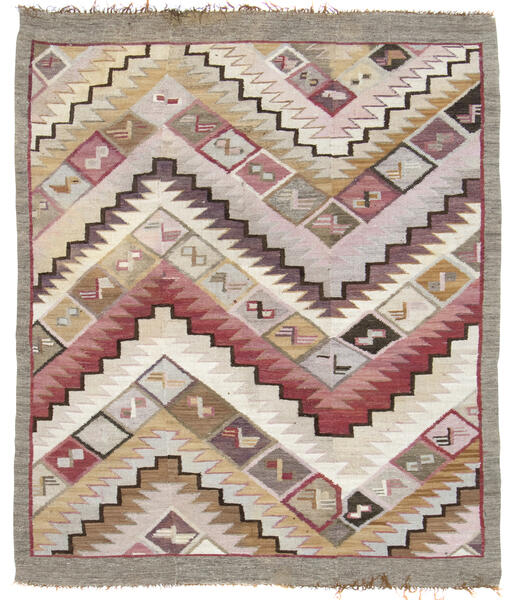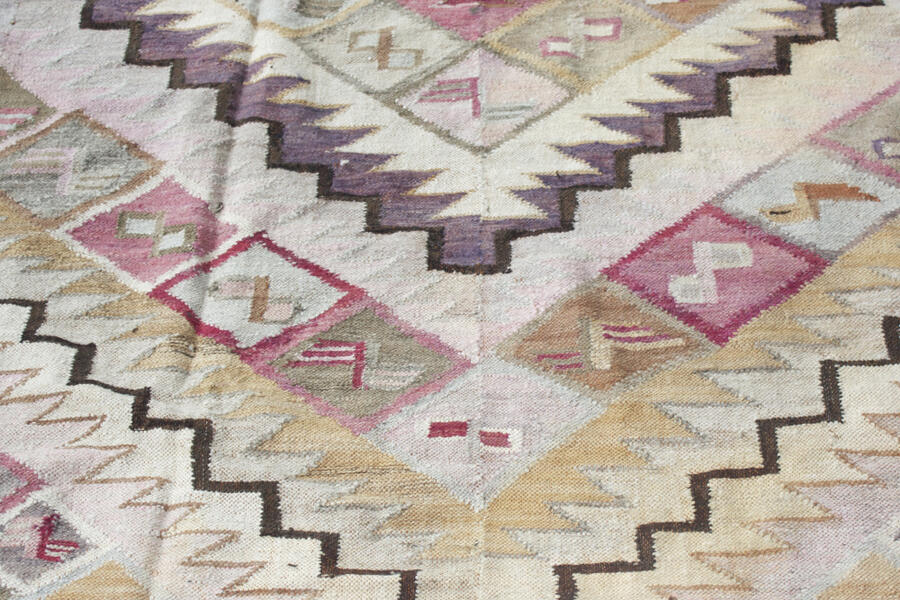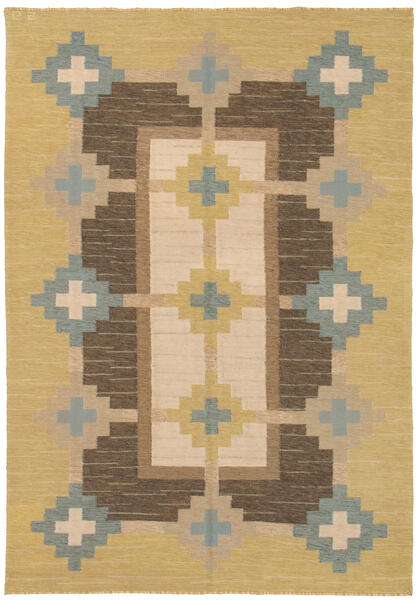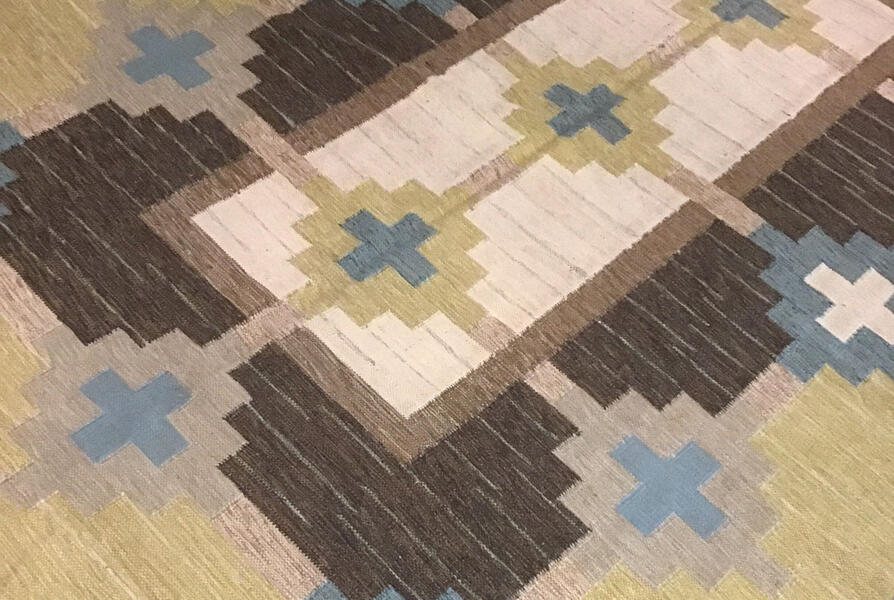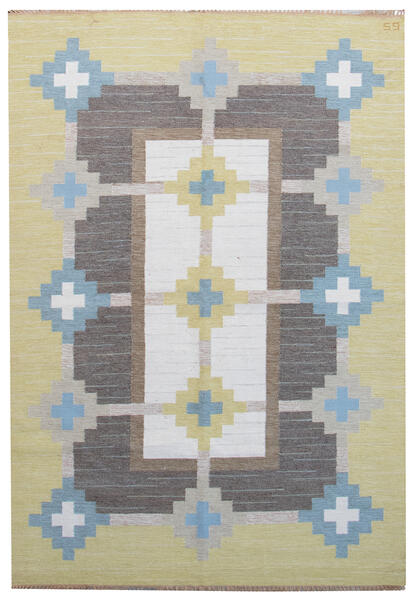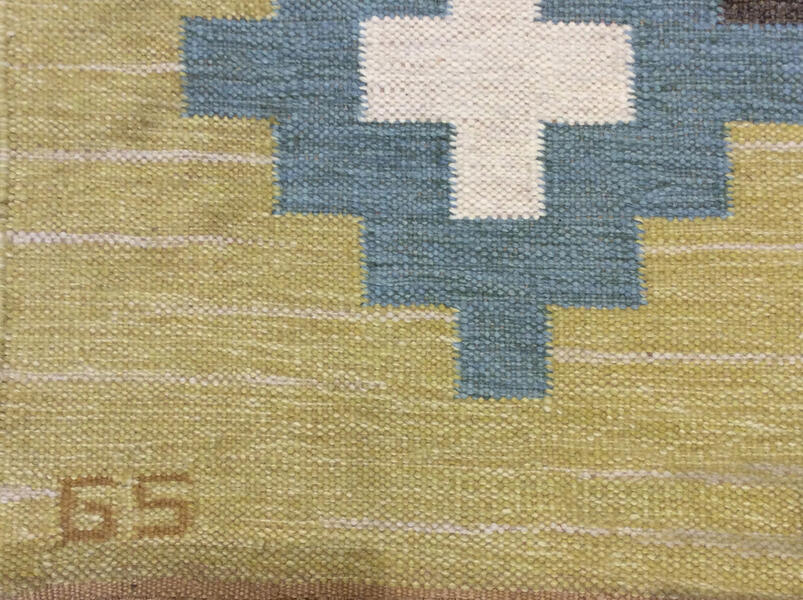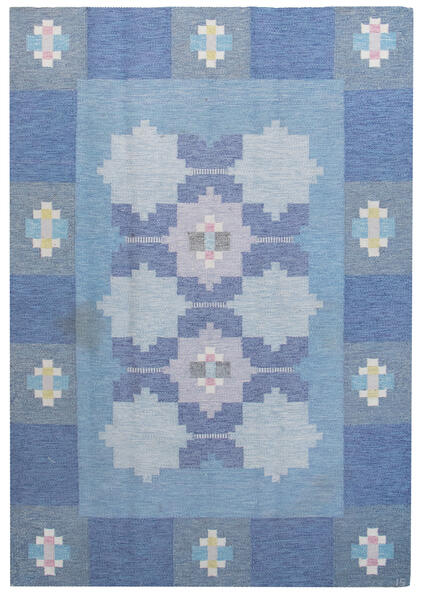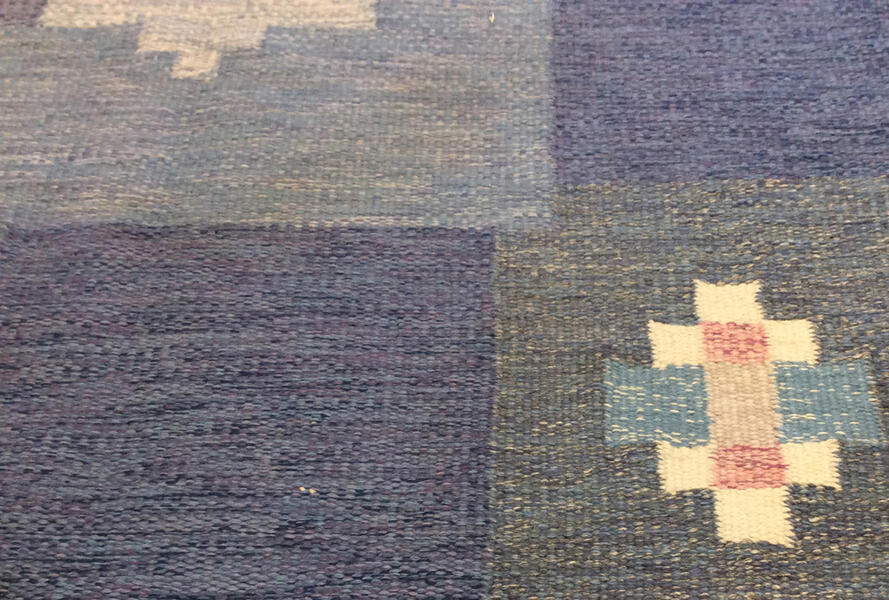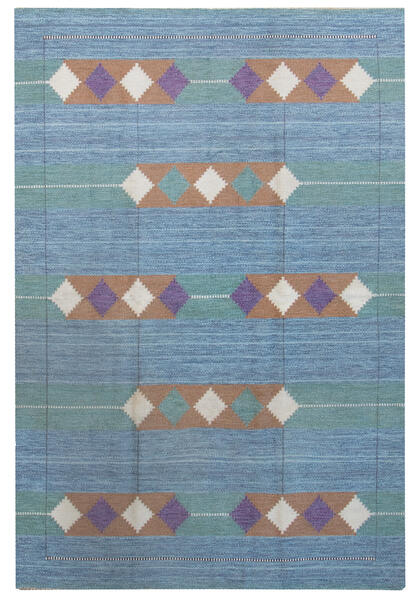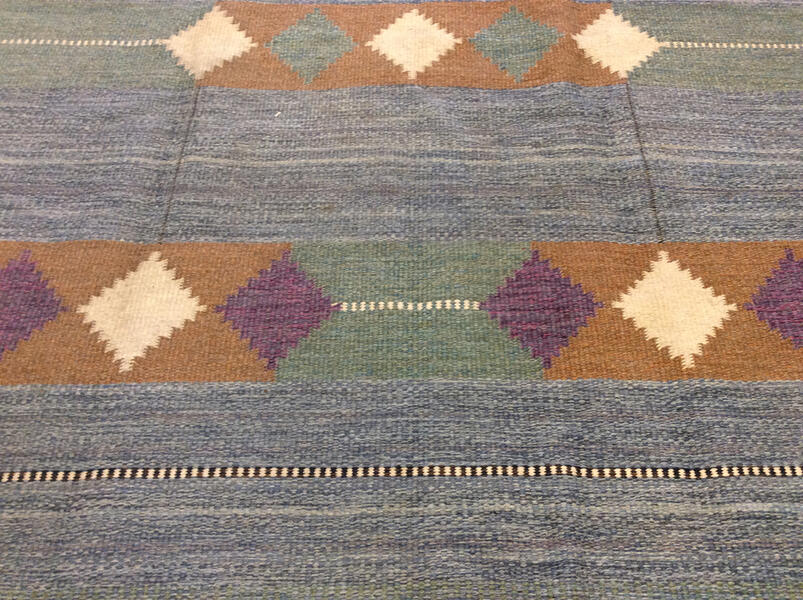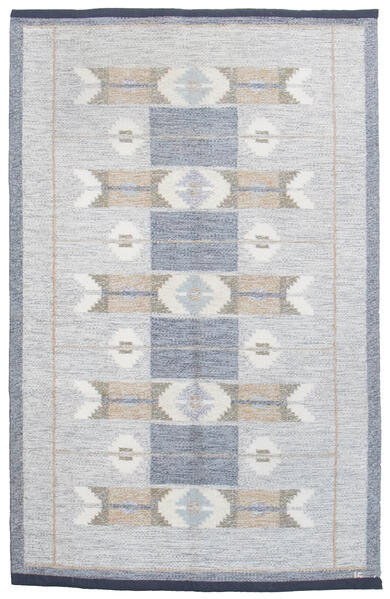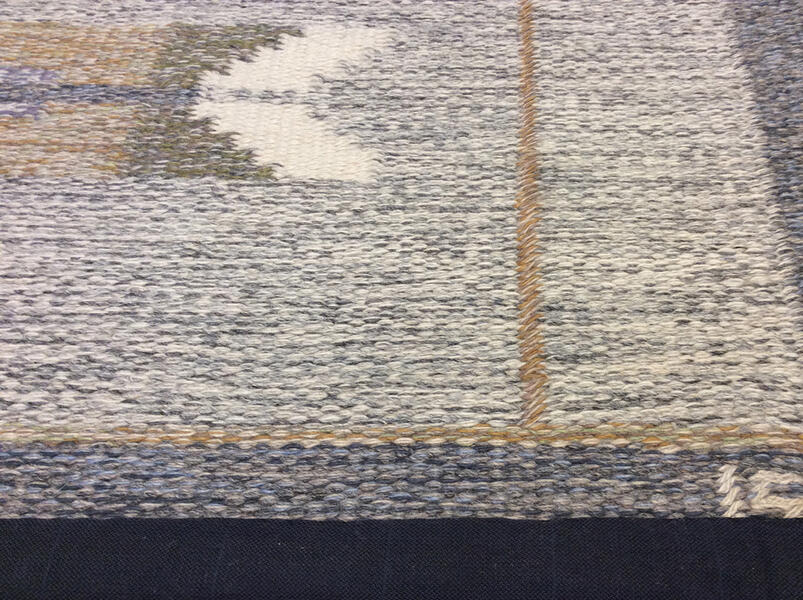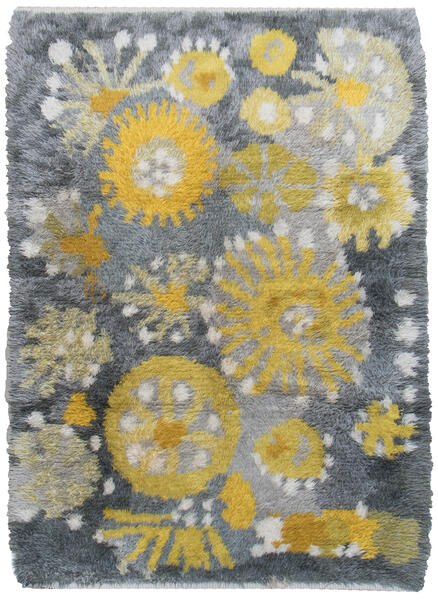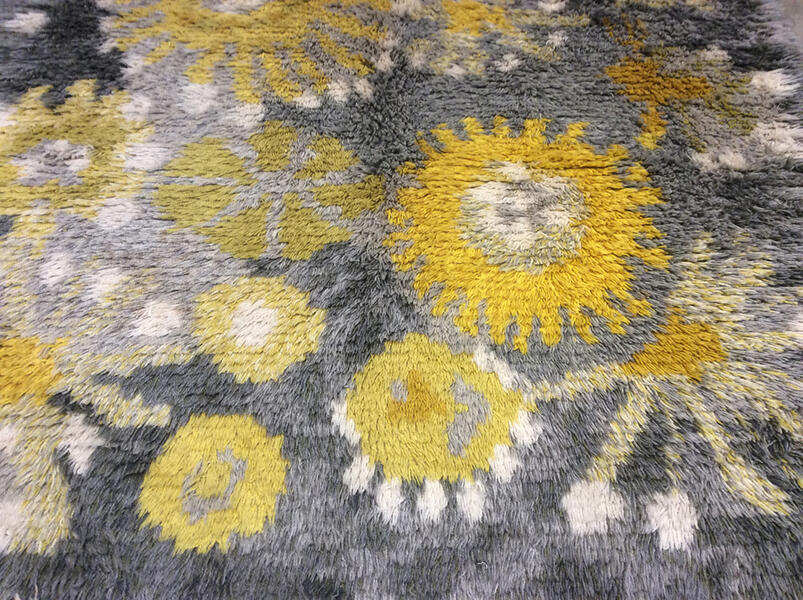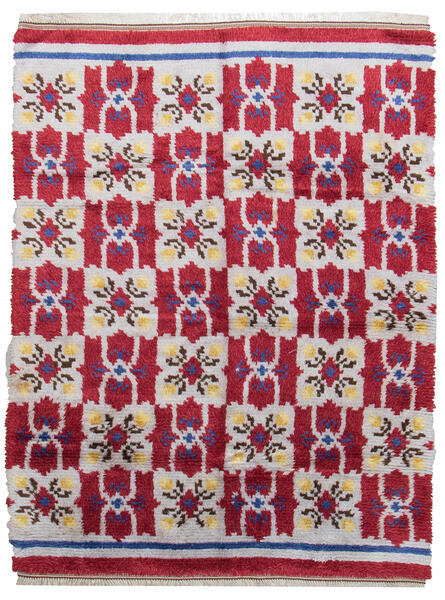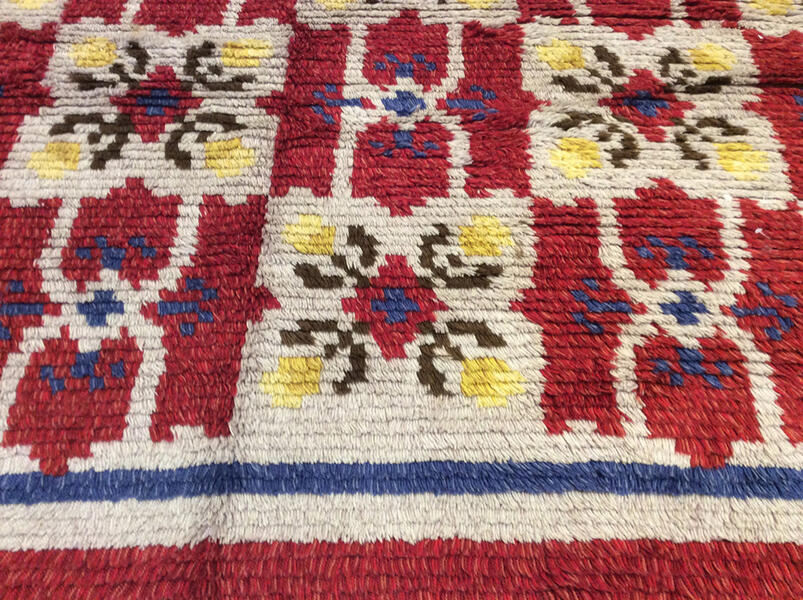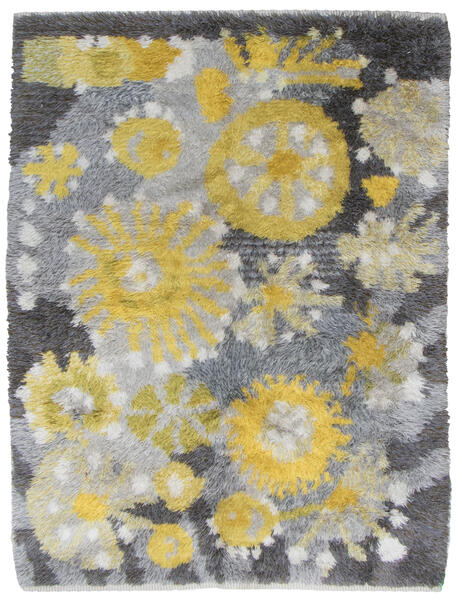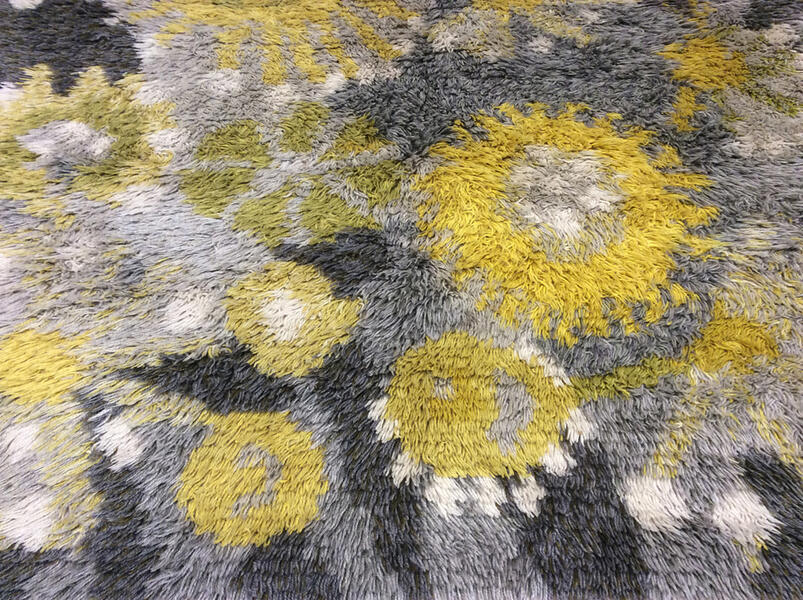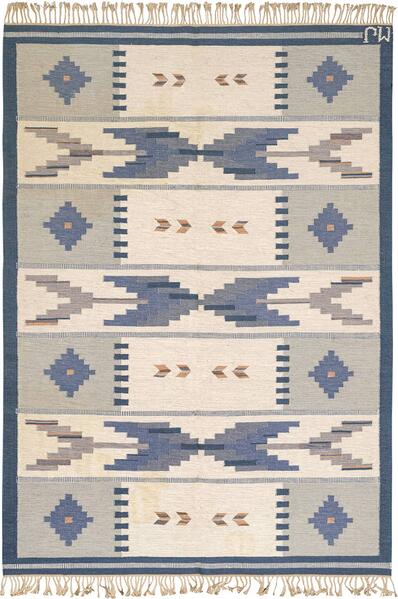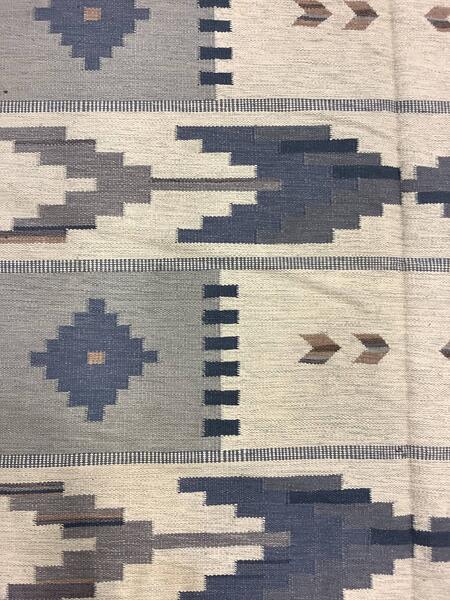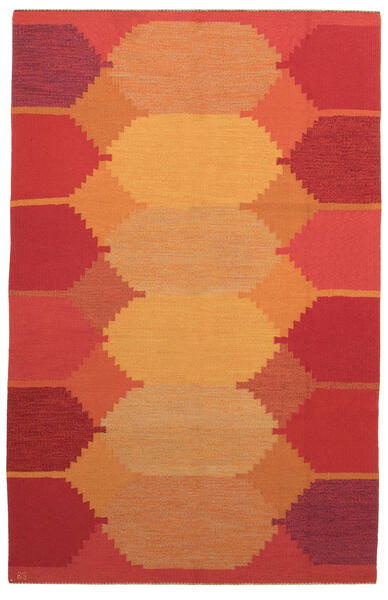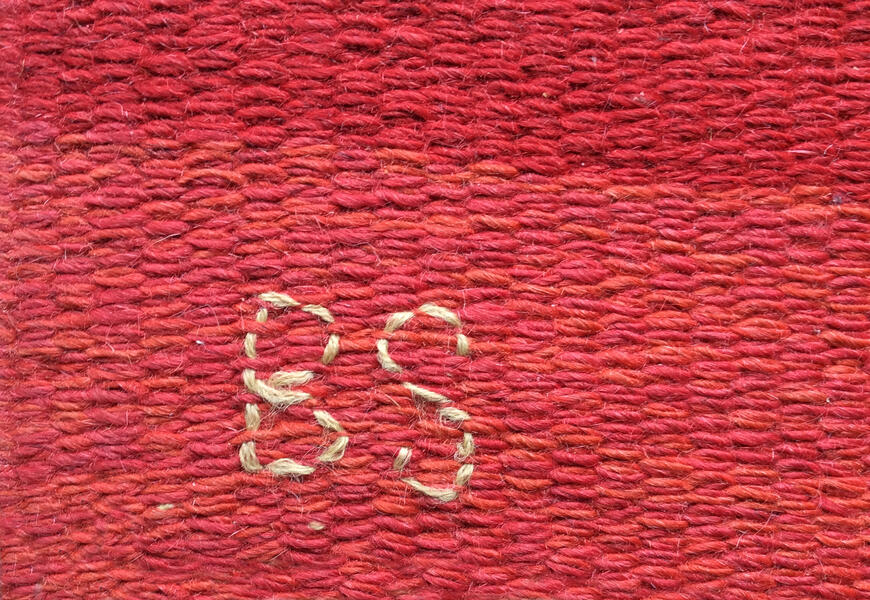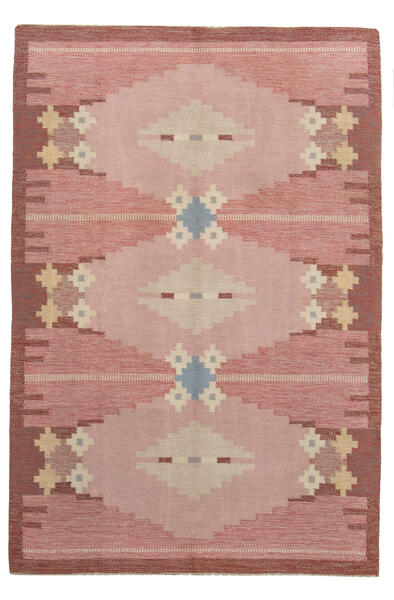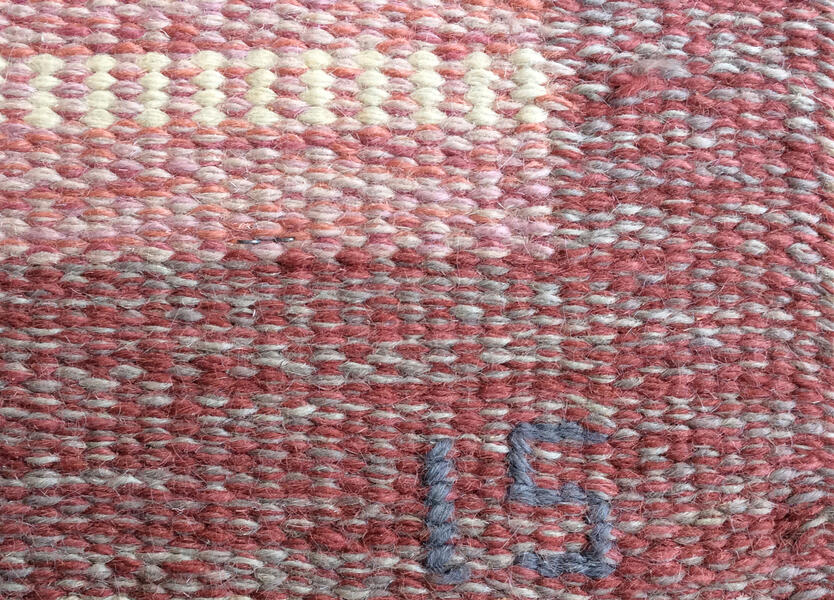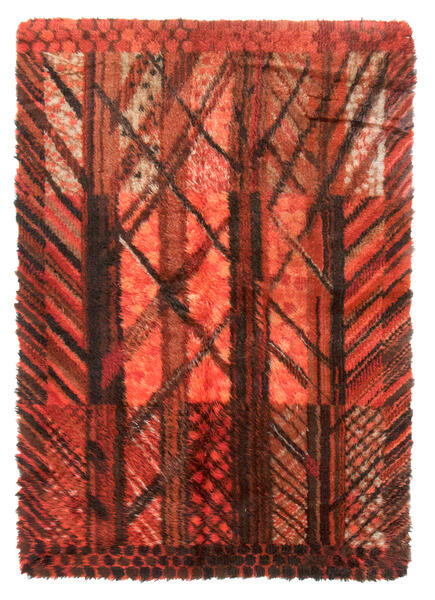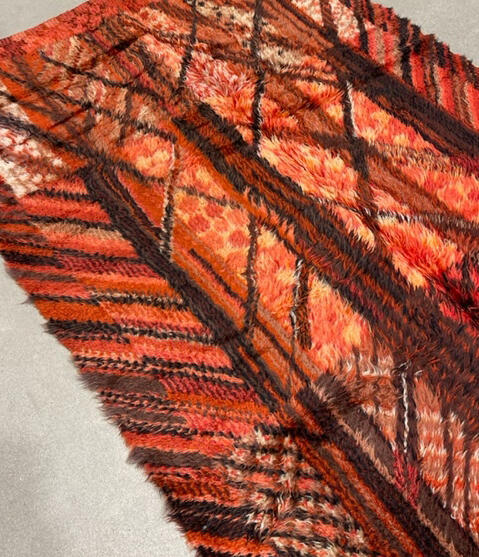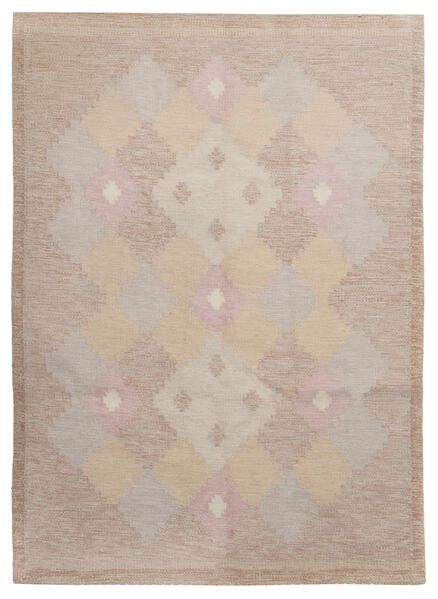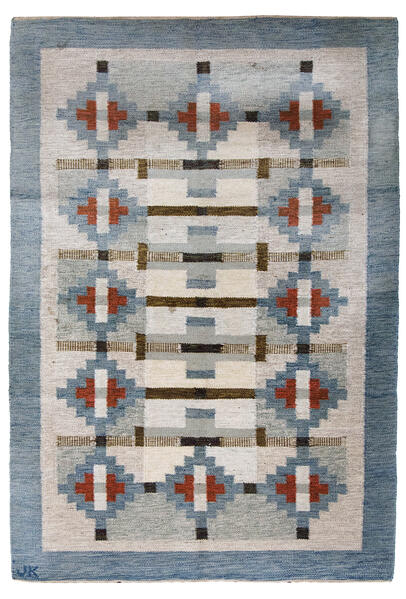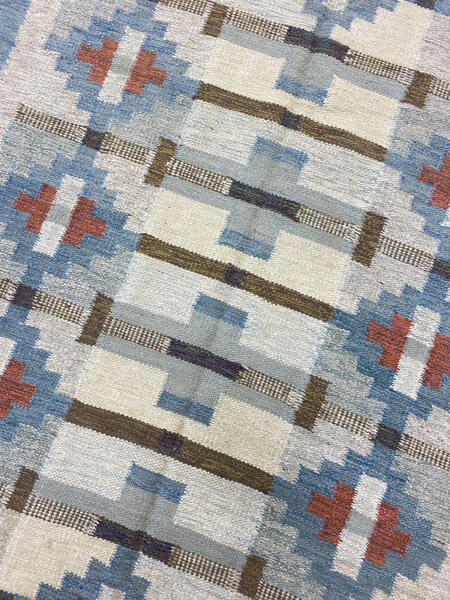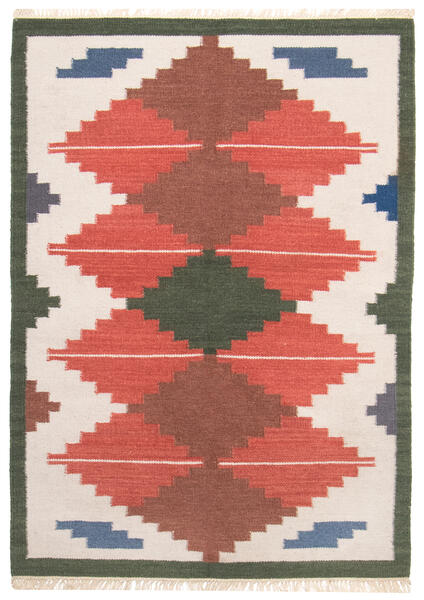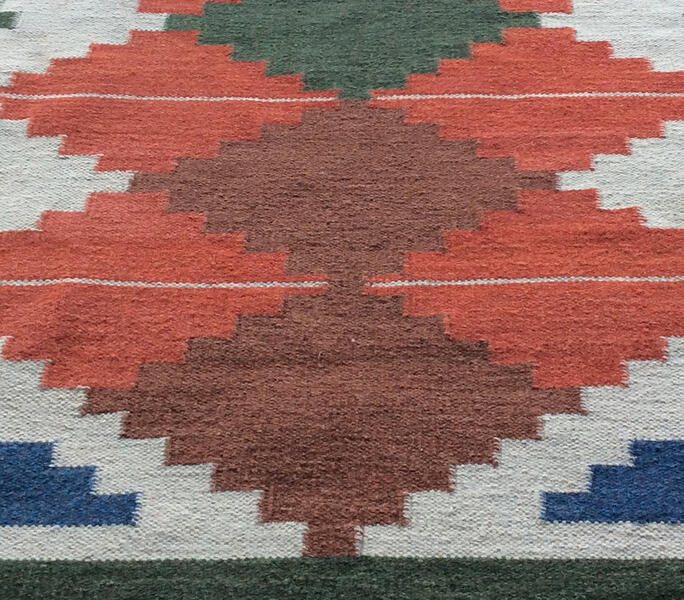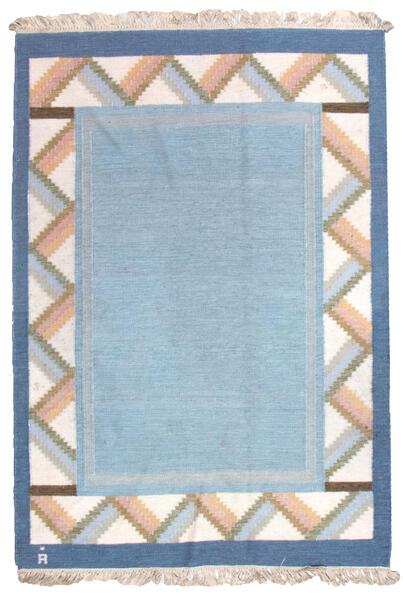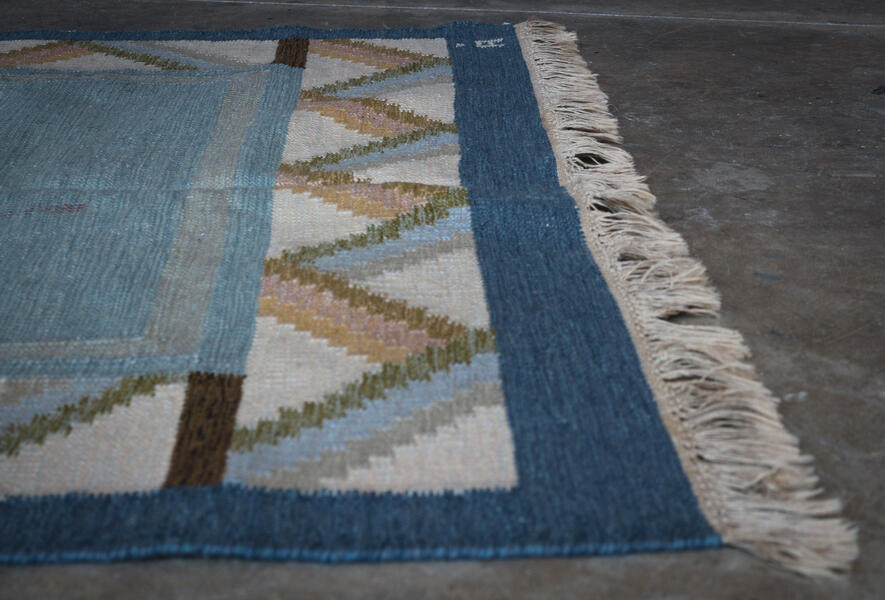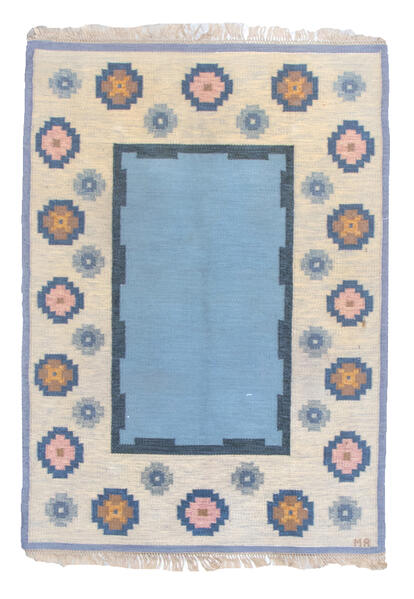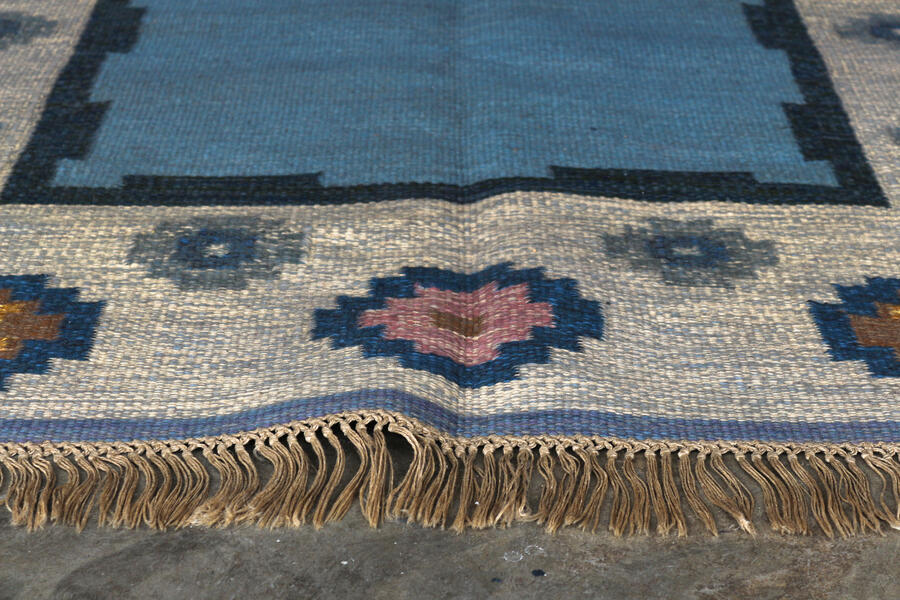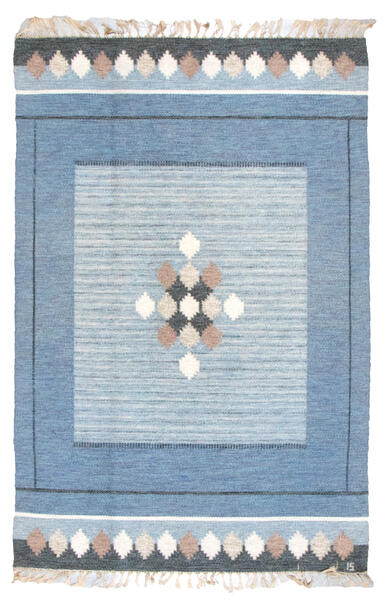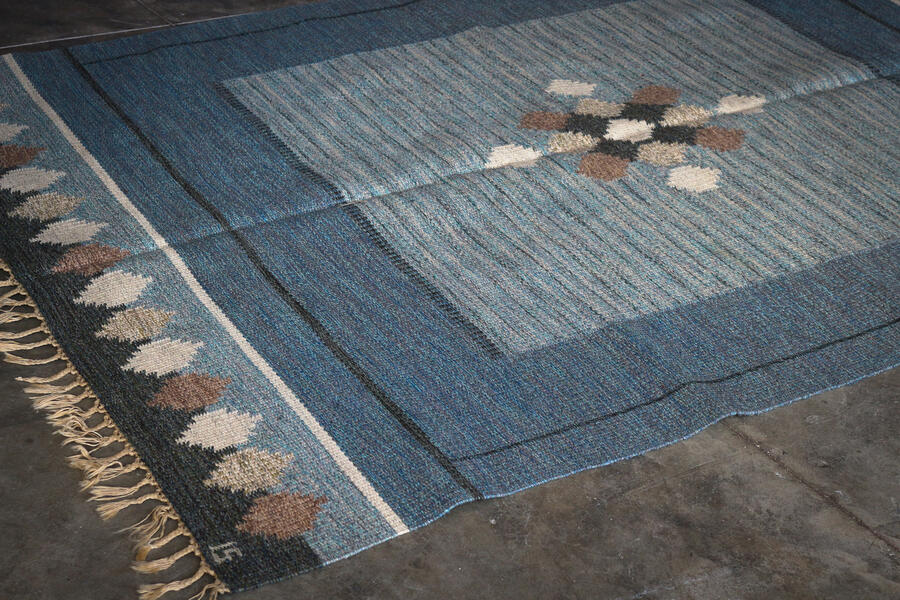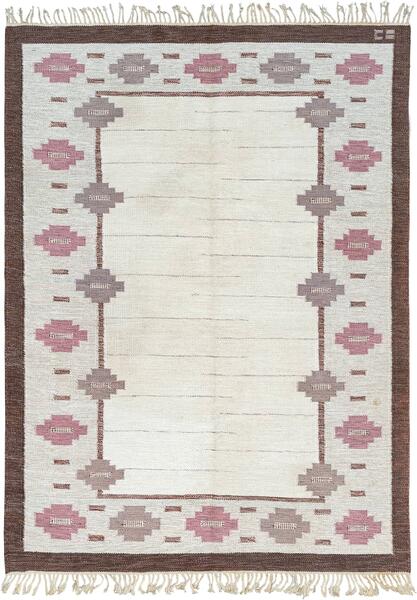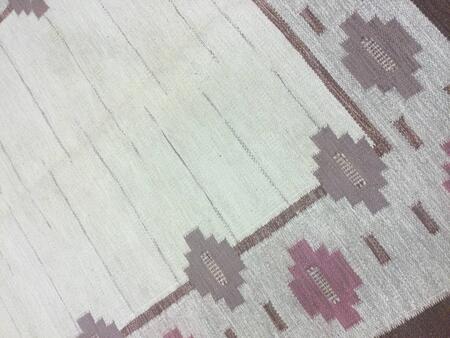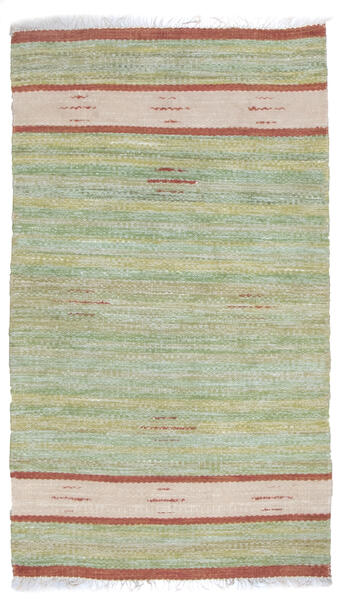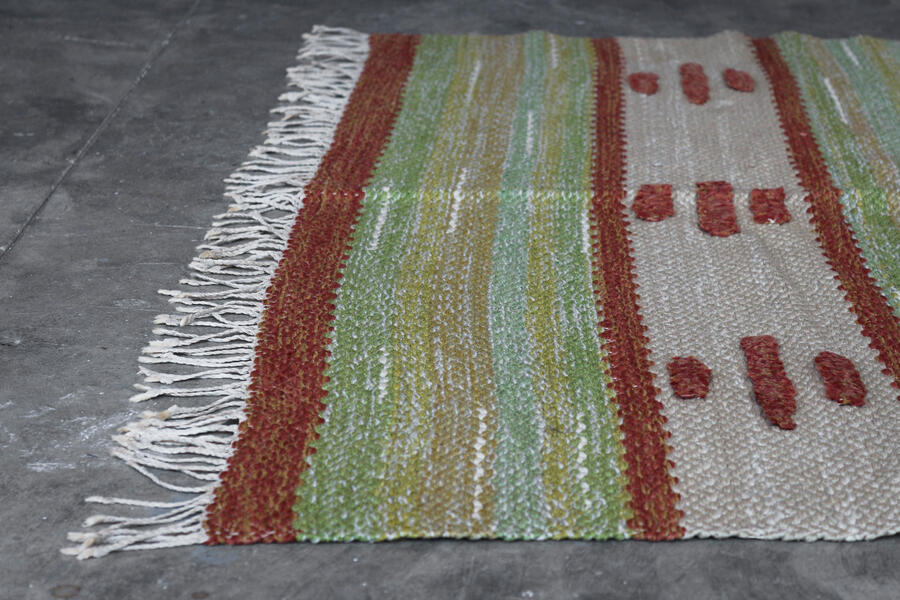scandinavian
much like the dutch renaissance painters of the sixteenth century took inspiration from their italian predecessors, twentieth-century swedish rug designers took inspiration from imported textiles and incorporated them into their own artistic language.
simple geometric patterns and vignettes from everyday life are woven through this form of folk art, and what began as a long pile hand-knotted coverlet, transformed over time into flatweave designs. purely ornamental in nature; the superior craftsmanship, simplicity, and purity of design gives these floor pieces, dating from the 1920s to 1950s, a timeless relevance and contemporary desirability.
read more

- width:
- length:
- retail:
- trade:
- ARCHIVE SALE
- VEGAN
- ECO-FRIENDLY
- Round
- Square
- Runner
See All vintage Rugs
Defined by clean lines and understated elegance, Scandinavian rugs bring warmth, texture, and lasting style to contemporary interiors. At Woven, our collection embraces Nordic design principles, offering handwoven pieces that balance simplicity with craftsmanship.
Each Scandinavian rug in our selection is made using high-quality natural fibers, ensuring durability without compromising on softness. From the cozy charm of a Scandi rug to the structured patterns of a Nordic rug, these designs complement modern, minimalist, and traditional spaces alike.
For those who appreciate subtle details, our Scandinavian style rugs feature refined textures, neutral tones, and geometric patterns inspired by nature. Whether you’re enhancing an open-plan living area with a Scandinavian area rug or seeking a versatile accent piece, our collection offers options designed for effortless integration.
Explore Woven’s collection today and find a Scandinavian inspired rug that transforms your space with Nordic simplicity and enduring quality.
